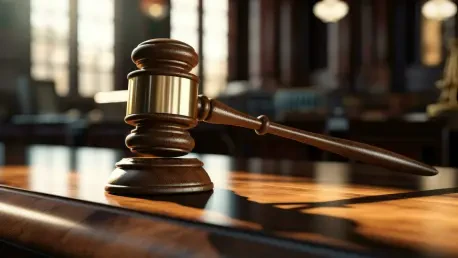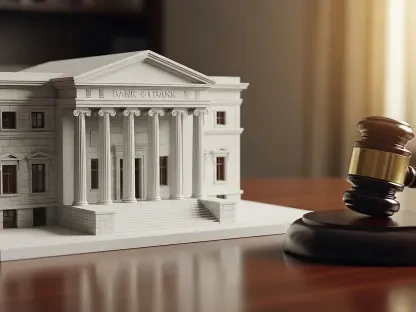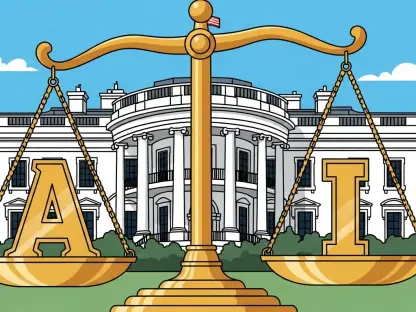In recent years, the judicial system has witnessed a seismic shift in how massive abuse settlements are managed. Fueled by staggering figures reaching into billions of dollars, these legal actions are reshaping the terrain for victims, organizations, and insurers alike. The U.S. Court of Appeals for the Third Circuit’s decision regarding the Boy Scouts of America’s Chapter 11 bankruptcy plan, which involves one of the largest sexual abuse settlements in U.S. history, epitomizes the complexity gripping modern litigation. Some experts question whether the balance between swift justice and intricate legal frameworks is rightfully addressed.
Why Courts are Pivotal in this Shift
The transformation observed in the aftermath of enormous abuse settlements impacts multiple layers of society—from direct victims to sizable organizations at the heart of these allegations. With an increased focus on victims’ rights, societal pressure for corporate accountability has intensified, urging boards to navigate a fine line between protecting their reputations and earnestly addressing the victims’ grievances. Recent decisions, such as the partial remand of the Boy Scouts bankruptcy plan, illustrate the judiciary’s critical role in crafting outcomes that are not only just but resolutely follow legal standards.
What Courts Bring to Court-Driven Settlements
The influence of courts in shaping abuse settlements is evident in major precedents set by the Supreme Court, which guide ongoing legal proceedings. Examining cases like the Boy Scouts of America shows a nuanced approach where courts strive to uphold fairness while ensuring that all stakeholders, including insurers, have protected rights. This delicate balance extends even to intricate elements, such as claims management, where legal precedents mandate that insurers’ roles are fully respected and their claims adjudicated appropriately, underscoring a growing precedent for insurance claims adherence.
Expert Opinions in Modern Litigation
Legal experts often emphasize the unprecedented complexity seen in contemporary litigation when structuring settlements. Insights from judges and attorneys involved in monumental cases provide a lens into the challenging decisions courts must navigate, balancing the needs of victims with stringent legal standards. Anecdotal evidence from victims, such as those tied to Boy Scouts litigation, offers a humanizing glimpse into the personal consequences of settlements, emphasizing the emotional and logistical hurdles faced long after the courts have decided.
Navigating the Legal Maze in Abuse Settlements
For organizations embroiled in these complex settlements, adhering to legal stipulations is more crucial than ever. Experts suggest strategies like thorough legal compliance outlines and proactive risk management as vital tools. For stakeholders, asserting rights and seeking transparency can significantly influence litigation outcomes; a clear understanding of court mandates fosters better resolution and trust. In this atmosphere, transparency stands out as pivotal—not only for fairness but also for maintaining public confidence and peace of mind for those impacted by the abuses.
Courts have historically played an instrumental role in advancing justice in large abuse settlements. They enriched the legal landscape, demanding accurate adherence to legal fairness while protecting the rights and interests of involved stakeholders. Moving forward, there is an evident need for ongoing dialogue among legal experts and thought leaders to ensure that the evolution of settlements continues to prioritize just outcomes, making legal processes and structures more accessible for all affected parties.









